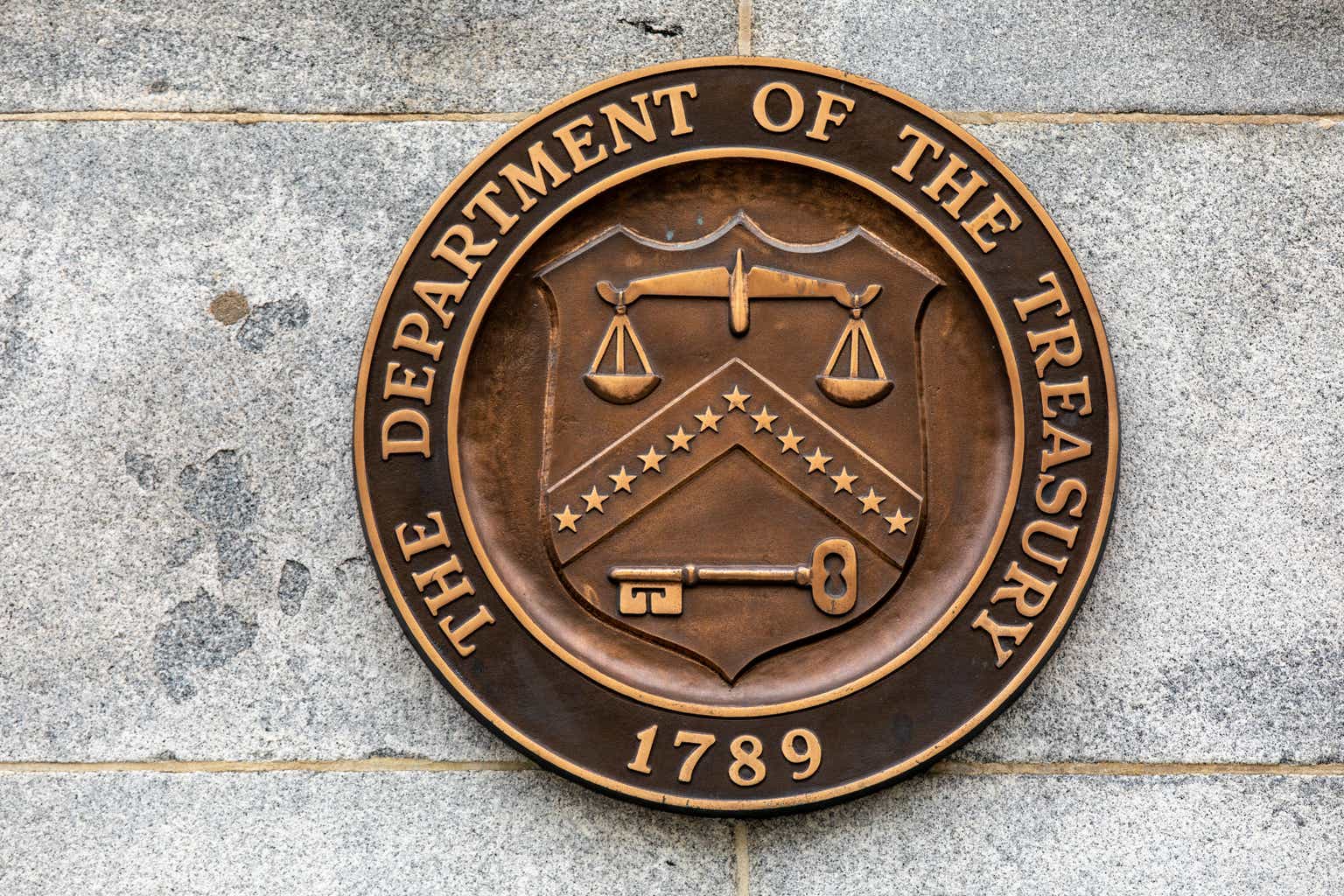In late 2021, a Malayalam TV channel called MediaOne had its security clearance denied by the Union government. Under existing law, this meant that MediaOne could no longer function, and was effectively banned. But, crucially, the representatives of MediaOne were not provided detailed reasons for the ban, and they were not given a hearing. Aggrieved, MediaOne challenged this in the high court (HC) of Kerala, first before a single judge, and then — on appeal — before a division bench. Both times, they lost.

One striking feature of this case was that during the hearings, the government refused to provide the justification for banning MediaOne, on the basis that doing so would jeopardise national security. Instead, the reasons — and the supporting evidence — was provided to the court in a sealed cover. This meant that, effectively, MediaOne had no chance to contest the ban and vindicate its constitutional rights, because it did not know what to contest.
In an important judgment delivered on April 5, the Supreme Court (SC) reversed the judgments of the high court, and struck down the ban. Some of the apex court’s observations made headlines: In particular, the court noted that national security was being used to circumvent the rule of law and citizens’ rights, and that the government could not avoid scrutiny of its actions by simply chanting “national security” like a mantra. In a climate in which the judiciary has been increasingly deferential to the executive across a range of issues, these observations are no doubt important, and ought to be taken seriously.
The real bite of the judgment, however, might lie in its doctrinal analysis. In particular, Chief Justice of India (CJI) DY Chandrachud — writing for himself and for justice Hima Kohli — held that taking evidence in a sealed cover causes serious prejudice to the rule of law. This is because, in such a situation, the one party (the State) and the court get access to evidence, while the party whose rights are being infringed does not. This fundamentally upsets the balance of power, and deprives individuals of the right to mount an adequate defence of their rights. Furthermore, it also damages the rule of law in another way: Since judges cannot disclose what is in the sealed cover, they will end up giving a verdict but without the reasons on the basis of which they have arrived at the verdict. This defeats the principle of open justice, where the legitimacy of courts is based upon publicly articulated reasons for their judgments, which everyone can access and assess.
For these reasons, CJI Chandrachud held that a sealed cover could not be used as long as there existed a less-restrictive alternative. Less restrictive alternatives include, for example, something called a public immunity proceeding, where confidential evidence would be excluded entirely, so that no party — or the court — could rely upon it. Another alternative is the closed material procedure, where the material would not be disclosed publicly, but the affected individual would nonetheless be represented by a special advocate, who could access the material and argue on behalf of their client. The burden, however, would lie on the government to show, first, that the material could not be disclosed, and secondly, that any of the less-restrictive alternatives to sealed covers were not suitable. If — and this is, admittedly, a big if — this principle is followed consistently in the coming weeks and months, sealed covers could become relics of the past.
In the MediaOne case, however, the SC found that the government had not even discharged its initial burden of showing that the material could not be disclosed, as — it turned out — much of the material it had relied on was in the public domain. Thus, there was no question of using the sealed cover. The SC went on to invalidate the ban for failing to respect MediaOne’s due process rights, such as not providing it with a reasoned order, and by refusing to give it a hearing.
Interestingly, however, the court did not stop there, but went one step further. It “unsealed” the cover, and assessed the government’s substantive justification for banning MediaOne. This is significant, as the Supreme Court tested the government’s national security claims, and found them wanting. When pressed for specifics, the government could only show the potential involvement of a group that was previously banned but later had the ban revoked, and potential connections between MediaOne’s shareholders, and the group in question. As the court rightly held, these were extremely flimsy justifications that were insufficient to completely deprive MediaOne of its right to free speech and expression.
The SC’s judgment, therefore, provides salutary lessons in how the judiciary should respond when faced with invocations of national security and sealed covers by the State. The proof of the pudding will now be in the eating, when — inevitably — the next case comes before a court, somewhere in India.
Gautam Bhatia is a Delhi-based advocate
The views expressed are personal















